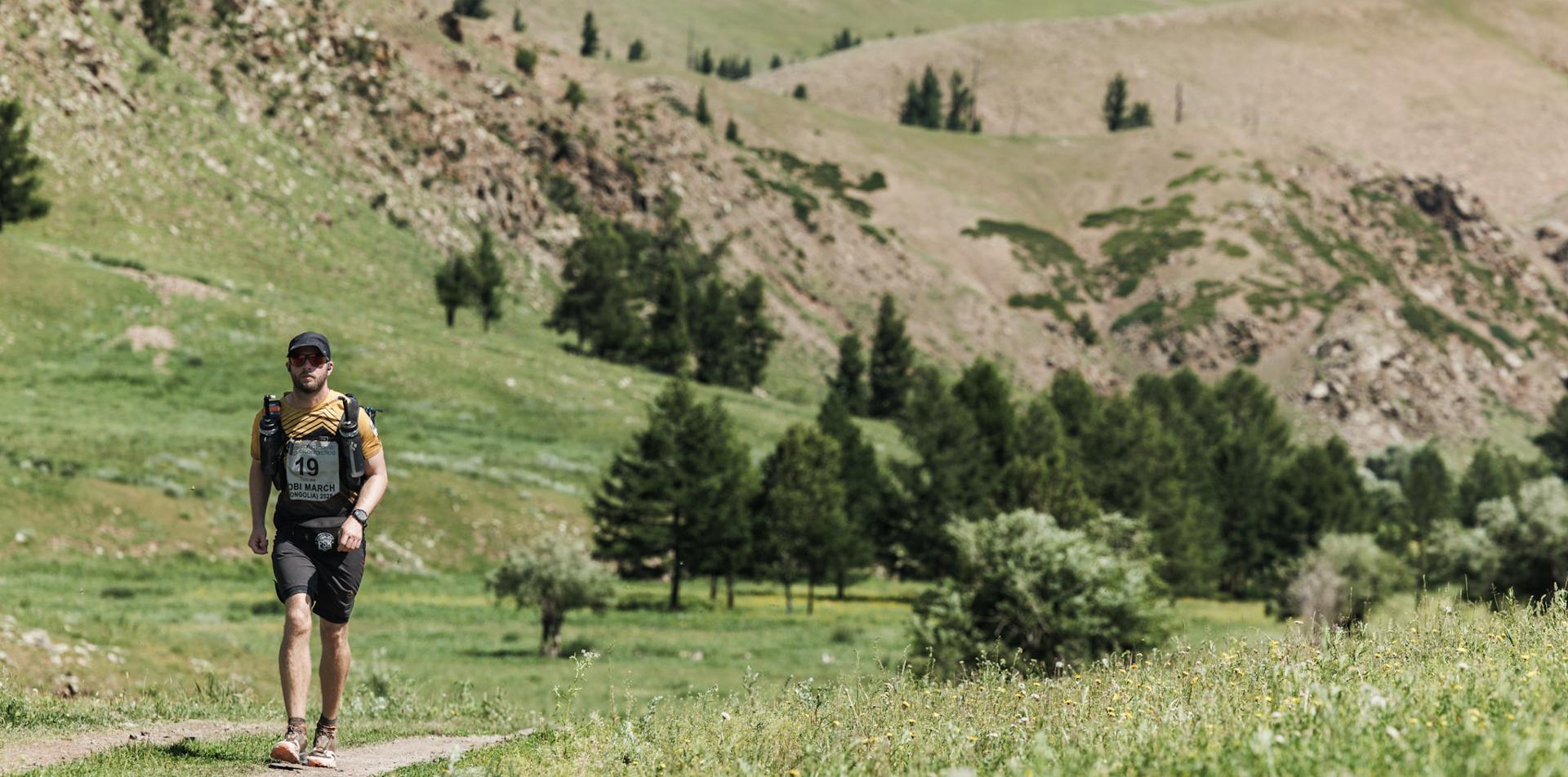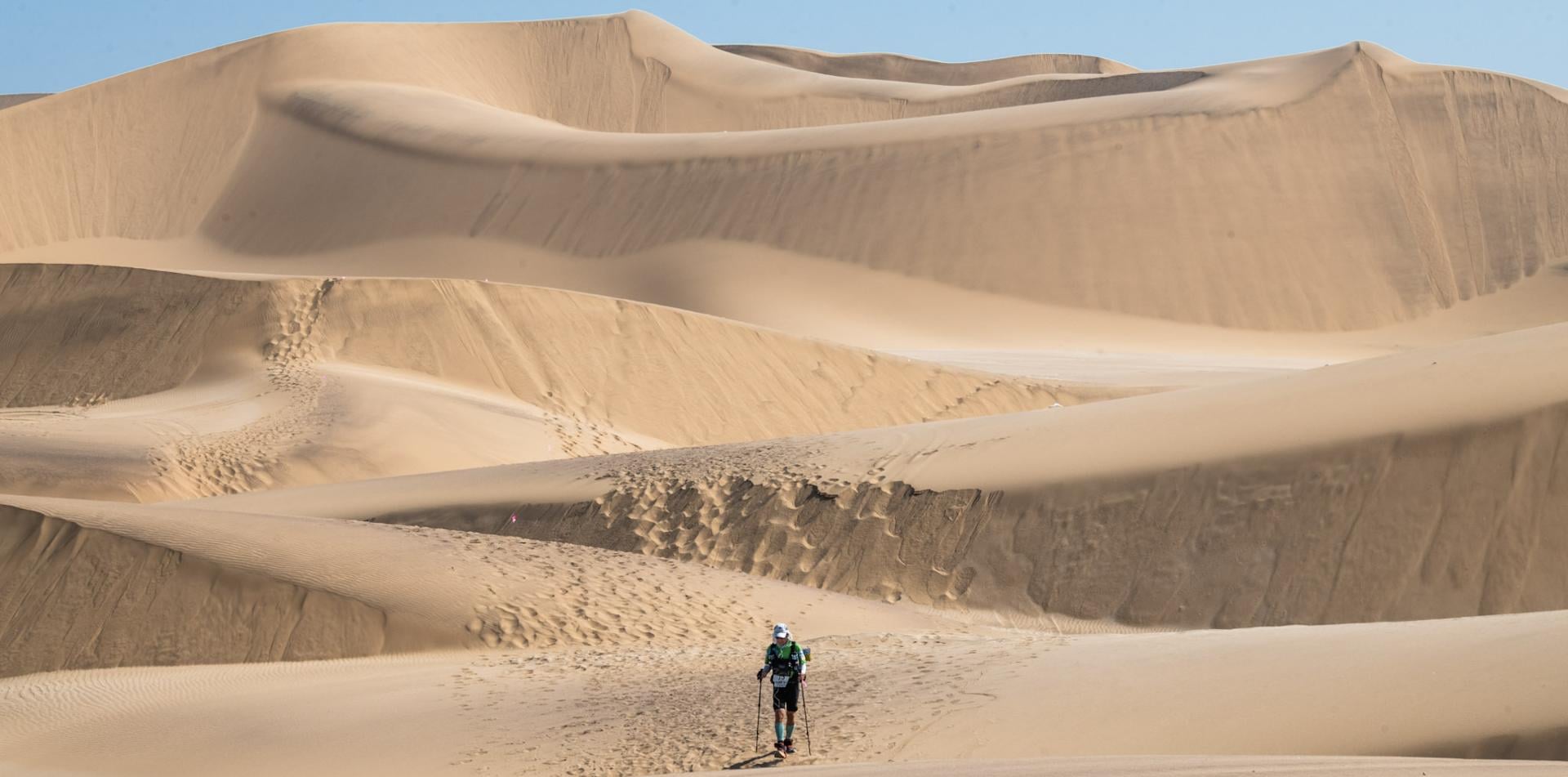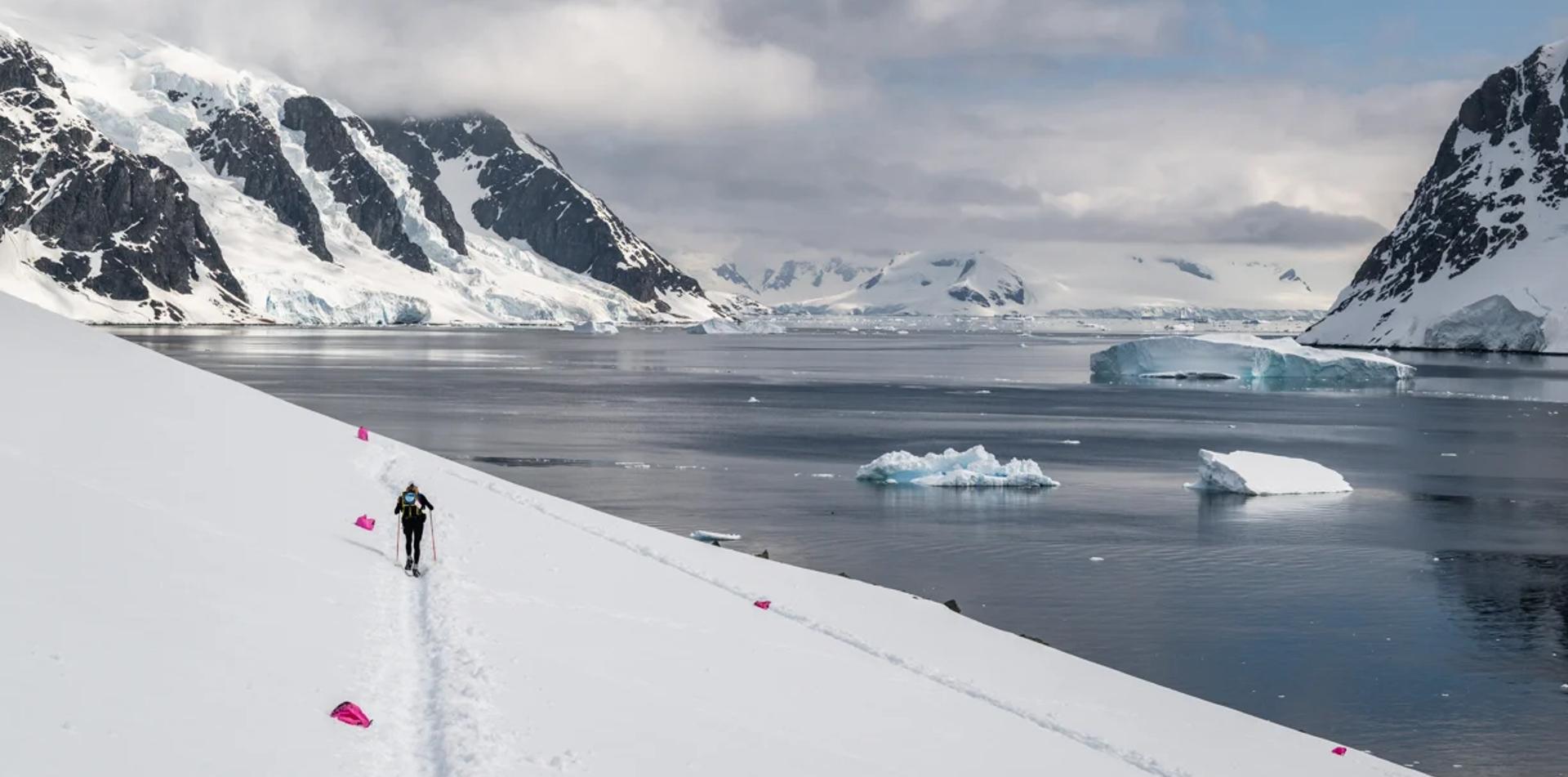Dehydration
By Mária Némethy, MD
OVERVIEW
The human body is mostly composed of water, and adequate amounts are essential for all bodily functions. During exercise, water loss increases greatly, primarily through increased sweating, breathing and metabolism – which, during endurance events, is often coupled with decreased intake. In the hot, dry desert environment, these losses are greatly magnified – losing about 1 liter of fluid/hour due to sweating is not uncommon in these climates. Because dehydration contributes to heat exhaustion, heat stroke and hypothermia, attention to proper hydration during endurance events is of paramount importance.
SYMPTOMS
Dehydration can be easy to overlook, because its symptoms can mimic a number of other ailments, including altitude sickness, hypothermia, or even simple fatigue. In general, as the degree of dehydration increases, so does evidence of mental deterioration. Mild dehydration is characterized by thirst, dizziness, irritability, headache, and dark-colored urine. More severe dehydration can mimic shock, with rapid pulse, sweaty and pale skin, nausea, and generalized weakness. Balance can be affected, along with the level of mental awareness.
|
Degree |
Fluid Deficit |
Symptoms |
|
Mild |
2% |
Vague discomfort, lack of energy, lack of appetite, flushed skin, impatience, irritability, sleepiness, nausea, increased heart rate |
|
Moderate |
12% |
Swollen tongue, sunken eyes, dizziness, tingling, slurred speech, loss of salivation, dry skin |
|
Severe |
>15% |
Delirium, vision disturbances, shriveled skin, coma |
(from Schimelpfenig T. “Hydration”. Wilderness Medicine. Mechanicsburg: Stackpole Books, 2008. 258-61.)
PREVENTION
Prior to your race, establish a drinking routine while training. During longer training runs, weigh yourself before and after to determine your average amount of water weight loss. While training for an endurance event, follow a drinking timetable to help guide your water intake during the actual event. Calculate minimal fluid needs of 500 ml/hour, although these will be higher with the exertion required in a desert race. Plan to consume approximately 200 ml at a time. Remember: thirst is a poor indicator of fluid status, and you may feel thirsty only after significant dehydration has already occurred.
On the actual race day, be sure to pre-hydrate, and then maintain the drinking schedule you have prepared. You can monitor your water loss by paying attention to your urine color. Clear-to-yellow indicates adequate hydration; if your urine is beginning to look dark, you need to hydrate more. If racing in a hot environment, try to arrive at least one to two days early so that your body will have time to acclimate to the heat and rehydrate after a long flight. This will also help with maintaining your water balance on race day.

RISKS OF OVER-HYDRATION
Although proper hydration is essential, over-hydration can be as dangerous as dehydration. Consuming too much water without adequate additional electrolytes results in low blood sodium, known as hyponatremia. This can be a life-threatening state. Mild hyponatremia resembles heat exhaustion and dehydration in its presentation; more severe hyponatremia can cause seizures and death. The safest way to prevent this is to link your drinking schedule with your fueling schedule, in order to ensure that you have adequate salt intake. You can read more about this in the expert article called Hyponatremia.
HYDRATION
Your best fluid for hydration will always be clear water, ideally cool or tepid (not cold). However, with prolonged exercise, you are going to make sure you supplement with electrolytes as noted above. There are a variety of products with electrolyte supplementation. You should try any product while training to make sure you tolerate the liquid. Be aware that oral electrolyte replacement drinks are often not very high in sodium, and so may not be adequate. Your electrolyte needs are best met through regular snacks – which will also provide needed calories – although should use electrolyte supplements as well for desert endurance events. Electrolytes should be dissolved in water or taken with water, because taking concentrated amounts of sodium will cause nausea and stomach irritation.
TREATMENT
Dehydration is incredibly common, and must be suspected whenever feeling suboptimal. The primary treatment for dehydration is prevention, as detailed above. It is safest and best to drink early and drink often.
Mild dehydration can be treated with oral intake. Try to rest in the shade if possible, and sip one to two liters of water over the next few hours. Focus on small amounts at a time to prevent vomiting.
Moderate and severe dehydration, along with hyponatremia, require medical attention and, most likely, intravenous resuscitation. If you or a companion are experiencing concerning symptoms, seek attention in the medical tent immediately.
REFERENCES
Forgey WW, ed. “Oral Fluid and Electrolyte Replacement”. Wilderness Medical Society Practice Guidelines for Wilderness Emergency Care. Guilford: Globe Pequot Press, 2006. 73-6.
Schimelpfenig T. “Hydration”. Wilderness Medicine. Mechanicsburg: Stackpole Books, 2008. 258-61.







 Newsletter
Newsletter
 Online Store
Online Store





